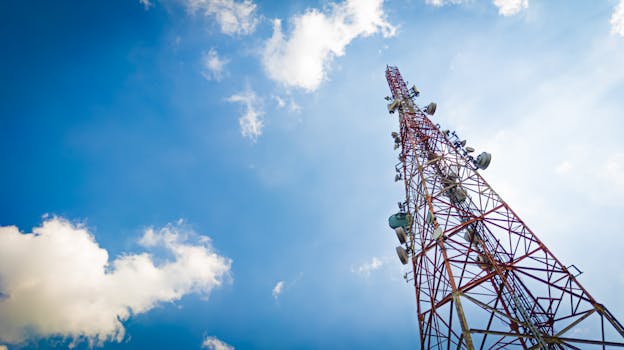
GEO Satellites: Understanding the Technology and its Applications
GEO satellites, or Geostationary Earth Orbit satellites, are a type of satellite that orbits the Earth at an altitude of approximately 36,000 kilometers, remaining stationary relative to a fixed point on the Earth’s surface. This unique characteristic allows GEO satellites to provide continuous coverage of a specific region, making them ideal for various applications such as television broadcasting, internet connectivity, and navigation. In this article, we will delve into the world of GEO satellites, exploring their technology, applications, and significance in modern telecommunications.
How GEO Satellites Work
GEO satellites are launched into space using powerful rockets and are placed into a geostationary orbit, which is a circular orbit that matches the Earth’s rotational period. This means that the satellite completes one orbit around the Earth in exactly 24 hours, allowing it to remain stationary relative to a fixed point on the Earth’s surface. The satellite’s altitude and orbital velocity are carefully calculated to ensure that it remains in a stable orbit, providing continuous coverage of the desired region.
The satellite’s payload, which includes transponders, antennas, and other equipment, is designed to receive and transmit signals to and from Earth. The signals are transmitted to the satellite using large antennas on the ground, and the satellite re-transmits them back to Earth, allowing them to be received by smaller antennas. This process enables the satellite to act as a repeater, amplifying the signal and extending its range.
Applications of GEO Satellites
GEO satellites have a wide range of applications, including television broadcasting, internet connectivity, navigation, and weather forecasting. They are used by television networks to broadcast channels to a wide audience, and by internet service providers to provide broadband connectivity to remote or underserved areas. Navigation systems such as GPS rely on GEO satellites to provide location information and timing signals, while weather forecasting agencies use them to collect data on atmospheric conditions and predict weather patterns.
In addition to these applications, GEO satellites are also used for telecommunications, providing voice and data services to mobile phones, ships, and aircraft. They are also used for military communications, providing secure and reliable connectivity for military personnel and equipment. The use of GEO satellites in these applications has revolutionized the way we communicate, access information, and navigate the world.
Significance of GEO Satellites in Modern Telecommunications
GEO satellites play a vital role in modern telecommunications, providing global coverage and enabling various applications that are essential to modern life. They have enabled the development of global telecommunications networks, allowing people to communicate with each other across the globe. The use of GEO satellites has also facilitated the growth of international trade and commerce, enabling businesses to communicate and conduct transactions with partners and customers around the world.
The significance of GEO satellites in modern telecommunications is evident in the fact that they are used by many countries and organizations to provide critical services such as emergency communications, disaster relief, and search and rescue operations. They are also used to provide connectivity to remote or underserved areas, bridging the digital divide and enabling people to access information and services that are essential to modern life.